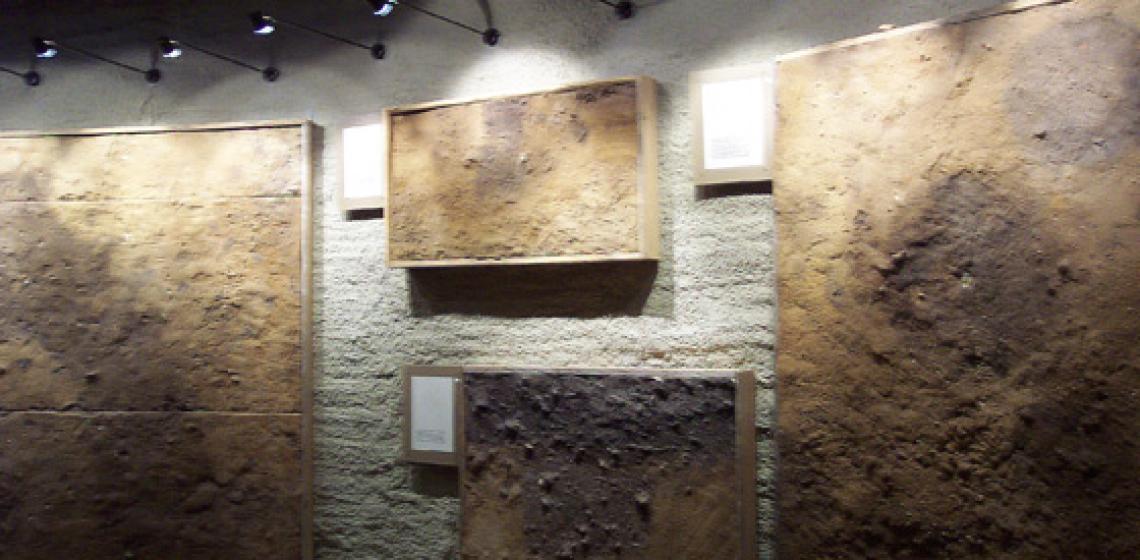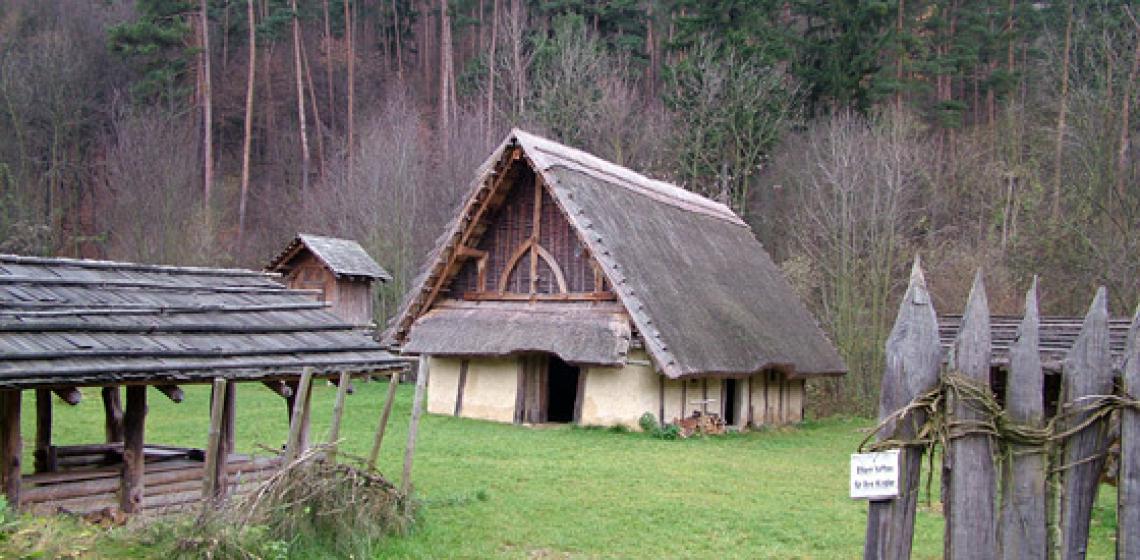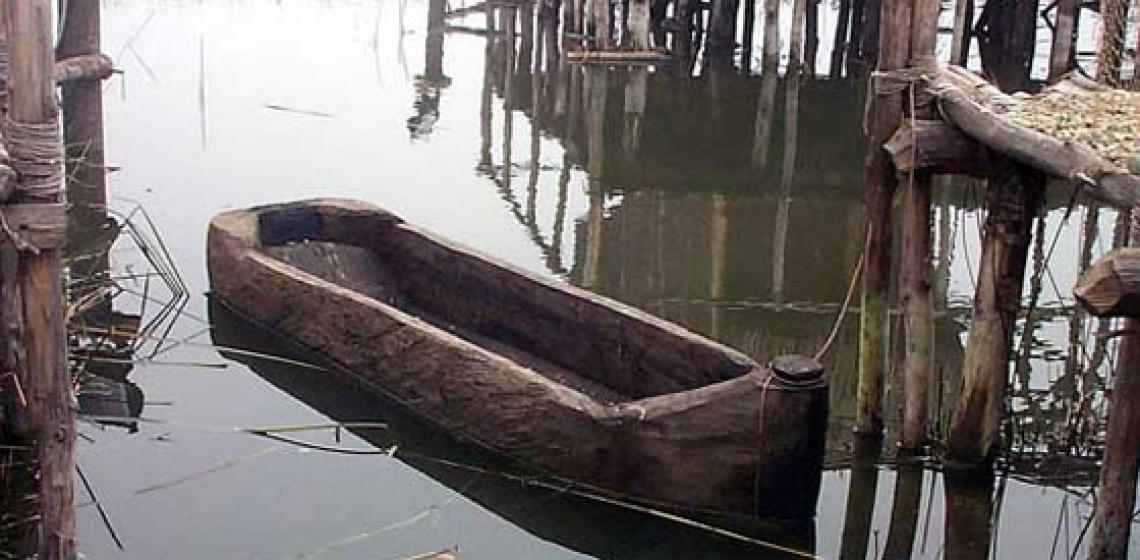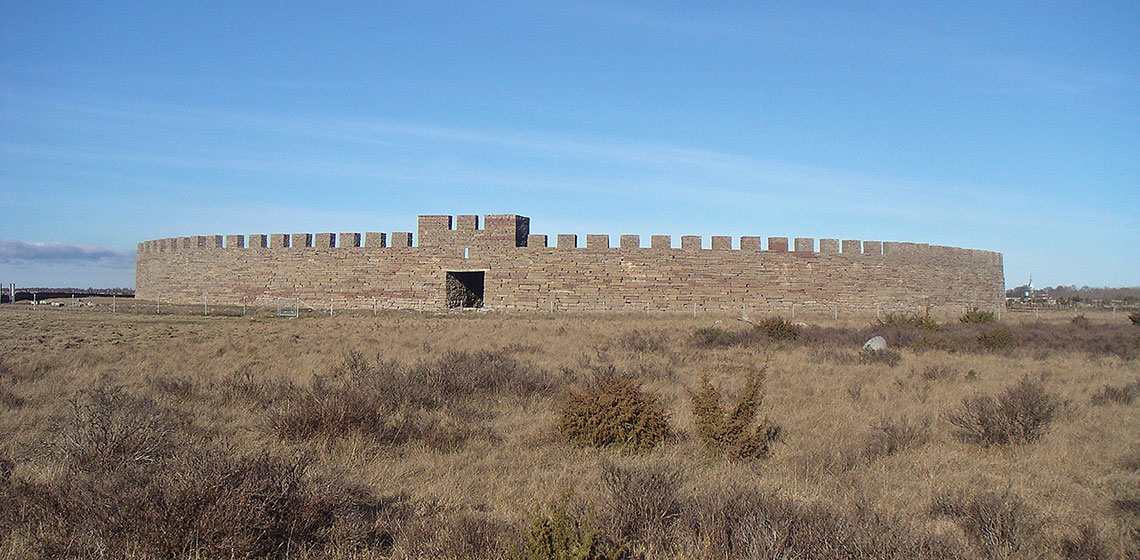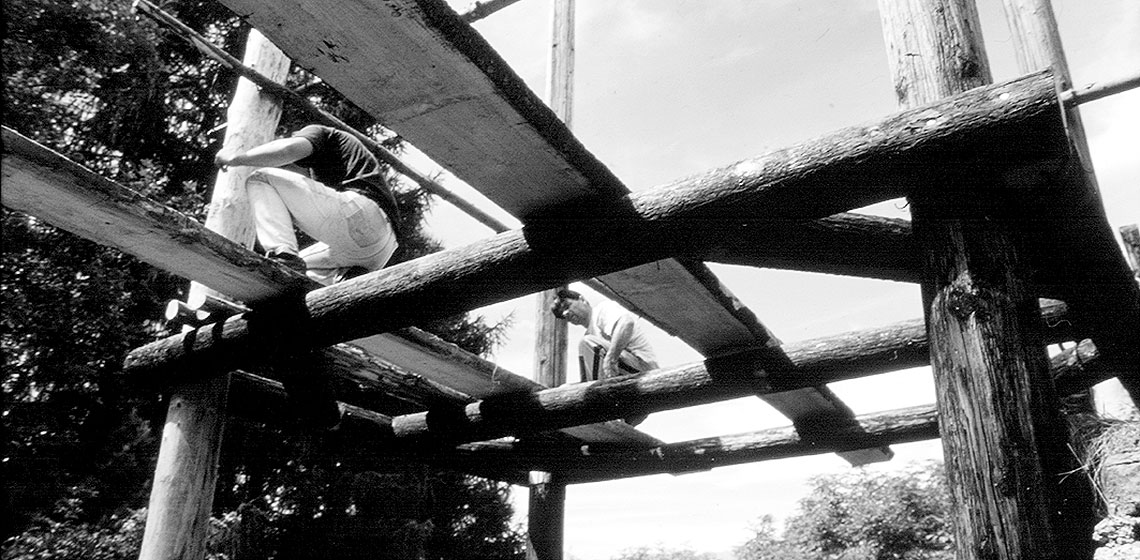Hjemsted - Danernes Verden (DK)
Hjemsted is a village near the German border in Jutland. It is this area where many Germans spend their (beach) holidays.
At Hjemsted, history and archaeology is presented in several ways. Among others Roman living history groups stay here in Summertime. Modern families are also invited to spend part of their Summer here.
Hjemsted is a village near the German border in Jutland. It is this area where many Germans spend their (beach) holidays. At Hjemsted, history and archaeology is presented in several ways. Among others Roman living history groups stay here in Summertime. Modern families are also invited to spend part of their Summer here...

